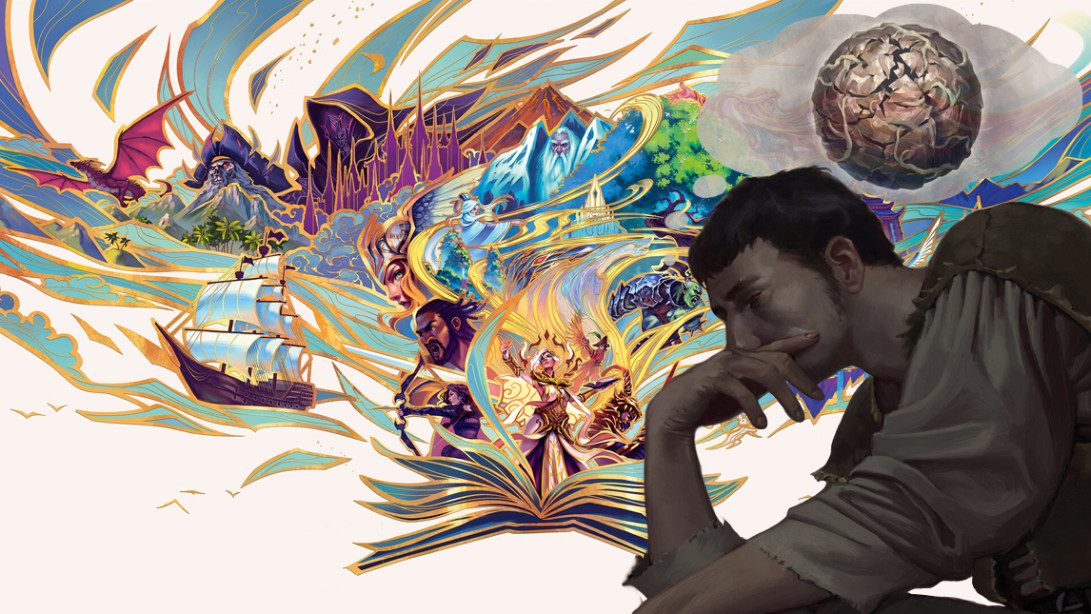The past year has been a dynamic one for Flesh and Blood. Three major releases - The Hunted, High Seas, and Super Slam - showcased many of it's strengths, from exciting new themes to dynamic gameplay and design. Pirates and Necromancers made their debut, showing that there was still room in Rathe for more classes. Archetypes were built around all three pitch colors. We revisited Volcor and the Deathmatch Arena, while broadening the scope of the world by taking to the seas. Along the way, we even stopped by Aria once more, and introduced a compelling 4-player variant of Ultimate Pit Fight.
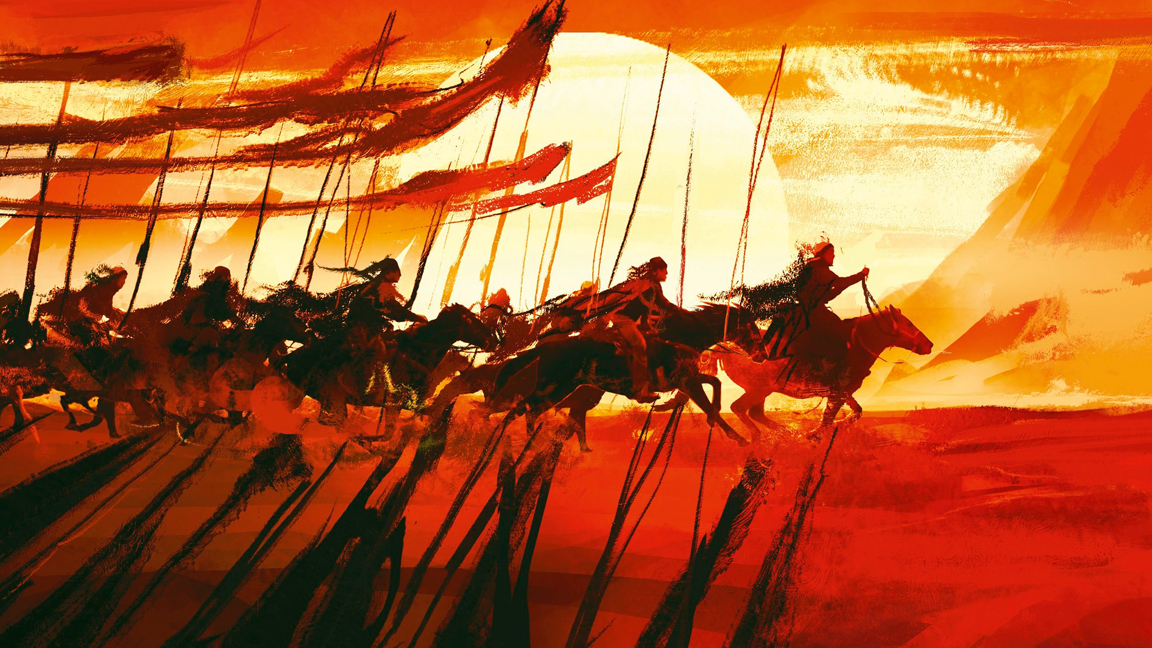
But this past year also exposed some of the vulnerabilities developing as FAB enters its 7th year. The game's unique approach to card rotation and limited reprints has lead to a card economy where strong 'staples' commonly drive the price for competitive decklists into quadruple digits. Hero rotation via Living Legend can be feast or famine - but in either season, the rate of new hero releases outpaces existing hero rotation, leading to a bloated roster in Classic Constructed. And speaking of Classic Constructed, this year (perhaps more than any other) showed just how preferable that format is to every other, as player sentiment began to turn against Commoner, Blitz, Limited, and Living Legend in the second half of 2025.
During the Philadelphia keynote presentation, LSS showed they've been taking notes.
The Keynote
If you didn't catch the keynote speech from Worlds in Philly, you can watch that (or read the cliffnotes) here. I want to focus on three major details:
- Silver Age
- Compendium of Rathe
- Revised competitive events

Silver Age is the official name for LSS' 'Project Blue', itself a sanctioned re-imagining of the fan format 'Clash'. This new format finds itself between Commoner and Blitz, using young heroes and low-rarity cards to craft a different Flesh and Blood experience. Silver Age will be supported by a robust series of starter decks, beginning in February 2026.

Compendium of Rathe is the next set release, also slated for February of 2026 (a generous 5 months after Super Slam, and leaving plenty of space to recover from holiday spending). Compendium marks a return to supplemental sets after 2 1/2 years of draft-able sets. It features a premium slate of reprints, support for every class and talent, and a renewed focus on the common and rare slots in support of their new Silver Age format.

Rounding out a transformational month, February will mark the end of the Battle Hardened series; going forward, all World Tour stops will feature a Calling, with a corresponding increase in prizing and prestige.
These three announcements set the stage for a revitalized Flesh and Blood in 2026 by addressing many of the concerns expressed by the player base this year. Let's examine them more closely.
Affordability
Perhaps chief among concerns for a game that wants to grow is the rising price of a competitive deck. Flesh and Blood has a robust local event structure, as LSS' generous GEM prize kits work in tandem with a welcoming community. But while Armory events are friendly, the gameplay could hardly be called 'casual'; FAB is, at its very core, a competitive game, and the structure and mechanics of the game offer no incentives to 'water down' your deck.
(Aside from choosing to play a hero who isn't well positioned in the current meta, I defy you to show me a decklist without artificial constraints that is both intentionally built to be its best and deliberately casual.)
Because of this, it can be off-putting at best to start into Flesh and Blood without sizeable financial investment. While I have long stood on the side of 'money cards are the final percentage point, not game deciders', the perception that cash buys wins doesn't help the game grow. While vested players should, obviously, see better results from the combination of experience, familiarity, and a deep card pool, new players -especially refugees from other games - can be forgiven for underestimating the skill gap and overestimating the valuable cards. (This effect is compounded by FAB's Legendary cards often starting in play.)
Affordability was improved by all three of LSS' major announcements. The Silver Age format - which sunsets Blitz - amplifies an intentionally budget-conscious way of playing the game. Supported by Compendium of Rathe, it should have sufficient strategic depth, the novelty of a new release, and meta variability to entice the long-term player base too, achieving a greater local presence than Commoner was ever able to. Additionally, LSS' move to replace Sunday Battle Hardened events with Showdown events (Silver Age by design) gives incentive to hone skills in that format.
But beyond offering a wallet-friendly format, LSS is widening its reprint schedule with Compendium of Rathe. In their own words, Compendium of Rathe offers "a vast range of reprints of the game’s most iconic cards". Clever marketing calls this a nostalgia-driven move, but new printings of outsized generic offenders like Balance of Justice, Shelter from the Storm, and Eye of Ophidia can't really be called anything but market correction.
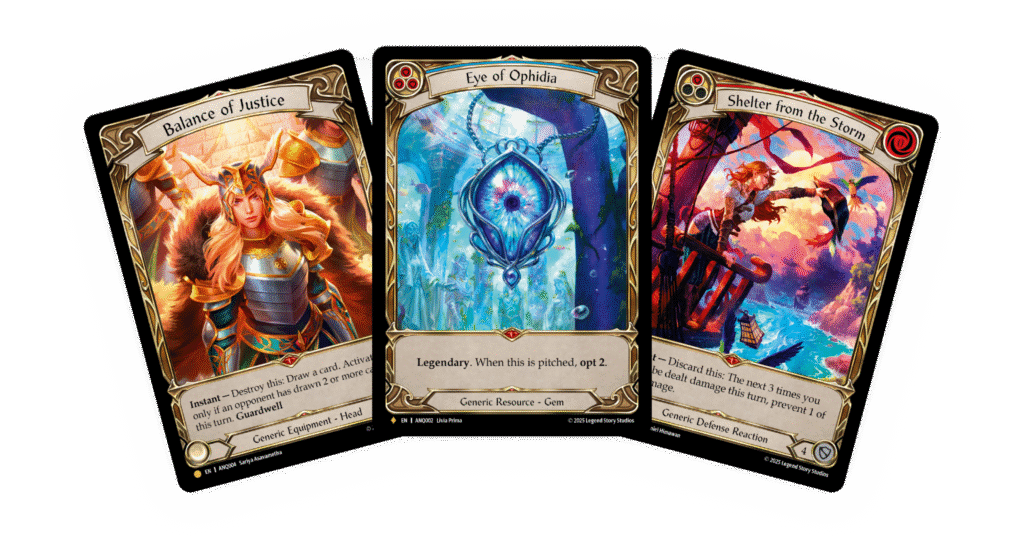
While I don't expect Compendium to usher in a new age of affordability for all, past examples of high-value card reprints (such as Codex of Frailty, Flick Knives, and Warmonger's Diplomacy) have done wonders for their accessibility.
Hero Bloat
While the first half of the year was defined by dynamic rotation, as Aurora, Azalea, Dash, Enigma, Nuu, Viserai, and Zen all reached Living Legend, the game nonetheless added more heroes to the roster than removed. Between The Hunted, High Seas, Mastery Pack: Guardian, and Super Slam, Classic Constructed grew by a net of 5 heroes, bringing the total adult roster to 38.
This wide array creates several strains on the format. For competitive players, it can be hard to prepare for a field with 38 primary archetypes, before even getting into divergent deck builds and card choices. For players, it can be a long time between support for their heroes of choice - especially if that hero is in need of more than a card or two to become relevant (*cough cough* Maxx and Teklovossen *ahem*). Sometimes, overlap with existing heroes can crowd out new options, preventing them from ever taking off; this has appeared to be the primary stumbling block for Super Slam.


The concept of a supplemental set existed from LSS' 3rd release, Crucible of War. Supplemental sets eschew limited gameplay, and thus free themselves from the need for draft chaff, internal set balance, and yes, even heroes. A perceived need for limited gameplay for both major and local events drove supplemental sets out of rotation for over two years. Bringing the supplemental structure back with Compendium of Rathe shows a prioritization of other needs, such as supporting existing heroes and slowing the expansion of the CC format.
Failing Formats
When it comes to formats in FAB, there's been a lot of 'making fetch happen'. Perhaps the biggest target of criticism has been Blitz: it's too fast, it's unbalanced, it magnifies RNG, it's not that different from CC, it's too expensive for what it is. Whether you agree with these critiques or not, the overall sentiment of the community was, "It's not working".
Living Legend was also put under the microscope this fall, with LSS pushing it into the spotlight as part of Worlds in Philadelphia. The lead-up to it was underwhelming, as a low event count gave scant data from which to draw conclusions. They've admitted that the format was not the best it could be, and owned up to, essentially, putting the cart before the horse in their eagerness to incorporate it into Worlds. Reading between the lines, it seems like they'll be doing some reevaluation with the additional data they acquired from the last 3 months.
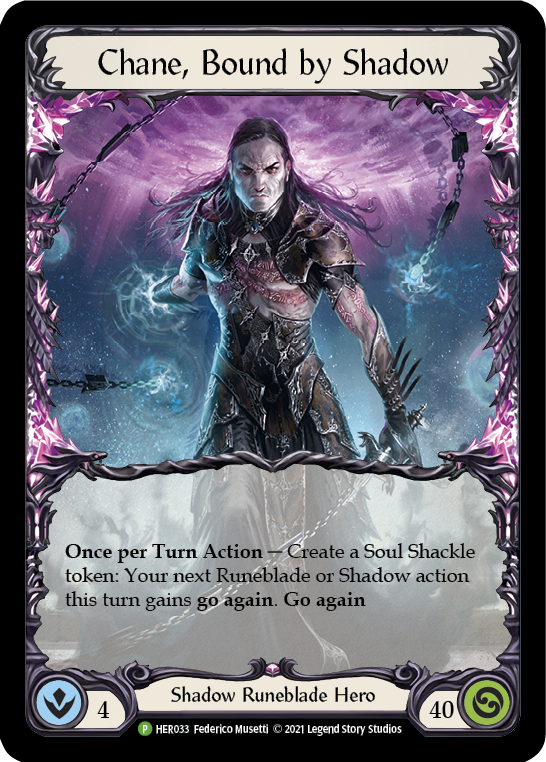
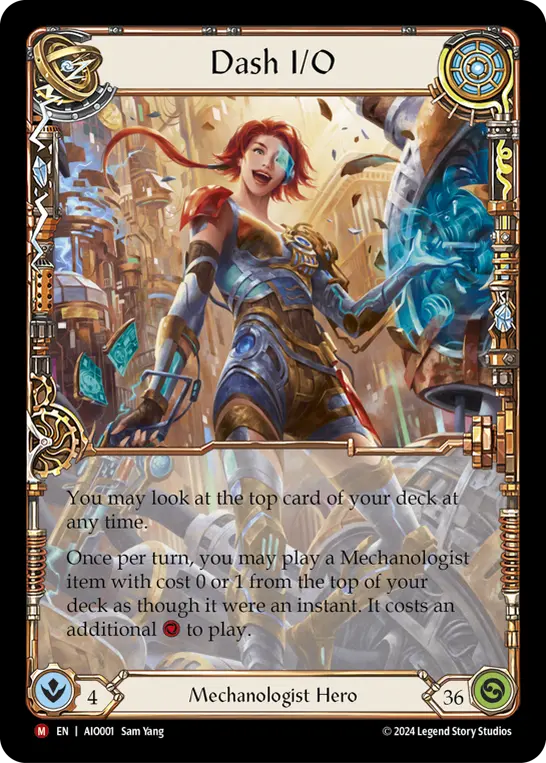
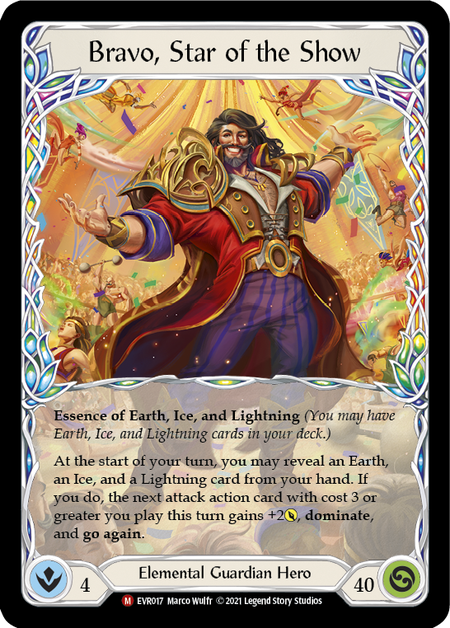
But LSS struck gold when they leaked their intent to develop what would become the Silver Age format; and as they circled the wagons to support their new format, they cut the chaff of Blitz and Commoner (a format they'd done little to push), and even set aside Limited for the first part of 2026. This dedicated two-lane approach (assuming they leave Living Legend out of the mix for the moment) should go a long ways toward bringing Silver Age up to speed quickly.
Taking Feedback
Taken together, I can't look at all of February's news without concluding that LSS has been listening closely to the community this year. Many of the fans' concerns seem to have been directly answered by the decisions made here, and it's looking like Flesh and Blood is off to a strong start in its 7th year.
Of course, variables remain - intention is all well and good, but execution matters. To really answer the concerns about affordability, Silver Age needs to be a strong, supported format AND the reprints in Compendium need to be well chosen and well distributed. Hero bloat is not only addressed by passing over opportunities to print new heroes, but also by giving existing heroes the tools they need both compete and stand out from similar options. We'll have to see if LSS can stick the landing here, but so far their routine is earning great scores.
At a time when so many companies seem to be bending the knee to the bottom line - often at the expense of customer experiences - it's refreshing to see that LSS is listening to the players.

